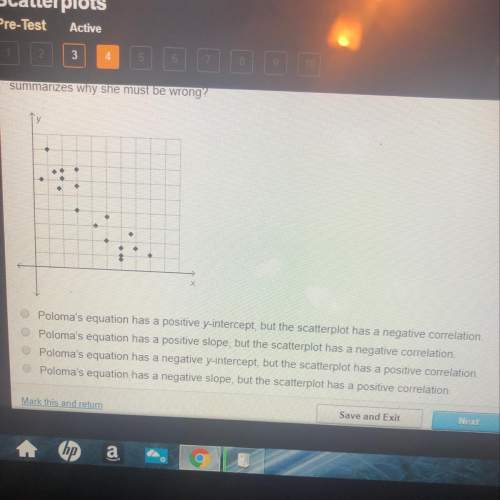
Mathematics, 16.03.2020 19:20 gymnastlyfe123
N this problem we consider sum-sequences of numbers; that is, sequences that start with 1, and where each number that comes later in the sum-sequence is the sum of two previous numbers, including the possibility of adding a number to itself. For example, 1, 2, 4, 8, 16 is a sum-sequence, where each number is adding the previous number to itself. Also, 1, 2, 3, 5, 8, 13 is a sum-sequence, where after adding 1 to itself, each number is the sum of the two previous. The following is also a sum-sequence: 1, 2, 3, 4, 5, 6, obtained by adding 1 to the previous number to get the next. More formally, let a -sum-sequence be a sequence of integers 1, 2, … , , such that 1 = 1 and for = 2, … , , there are , such that. ≤ < . and = + . For each positive integer we can look for the smallest such that there is a -sum sequence ending in . For example, we can get = 10, from the sequence 1, 2, 4, 8, 10, with = 5. a) Show that we cannot get = 10, with a sequence where < 5. b) The method above used to get = 10 with = 5 was to add the previous number to itself until it was the largest power of 2 less-than-or-equal-to , and then add the smaller powers of 2 together to get . For example, we can get 13 from the sequence 1, 2, 4, 8, 12 = 8 + 4, 13 = 12 + 1. We call this the double first method. Find an upper bound on the size of in terms of using the double-first method.

Answers: 2
Another question on Mathematics

Mathematics, 21.06.2019 15:30
The table respent two linear functions the equation respented by the first tables is given
Answers: 2

Mathematics, 21.06.2019 15:30
Strawberries cause two hours per pound kate buys 5 pounds he gets 20% off discount on the total cost how much does kate pay for the strawberries
Answers: 3

Mathematics, 21.06.2019 16:00
Martin likes to make flower bouquets that have 3 daffodils and 4 tulips per vase. a daffodil has a mass of d grams, a tulip has a mass of t grams, and the vase has a mass of u grams. the expression 5(3d + 4t + v) describes the mass of 5 bouquets. match each amount in the situation with the expression that represents it. situation expression number of bouquets mass of one bouquet mass of the tulips in one bouquet 4t mass of the daffodils in one bouquet 3d + 4t + v
Answers: 2

You know the right answer?
N this problem we consider sum-sequences of numbers; that is, sequences that start with 1, and where...
Questions

Mathematics, 18.03.2021 01:20


Mathematics, 18.03.2021 01:20





Arts, 18.03.2021 01:20


Mathematics, 18.03.2021 01:20

Mathematics, 18.03.2021 01:20

English, 18.03.2021 01:20


Mathematics, 18.03.2021 01:20



Health, 18.03.2021 01:20

Mathematics, 18.03.2021 01:20






